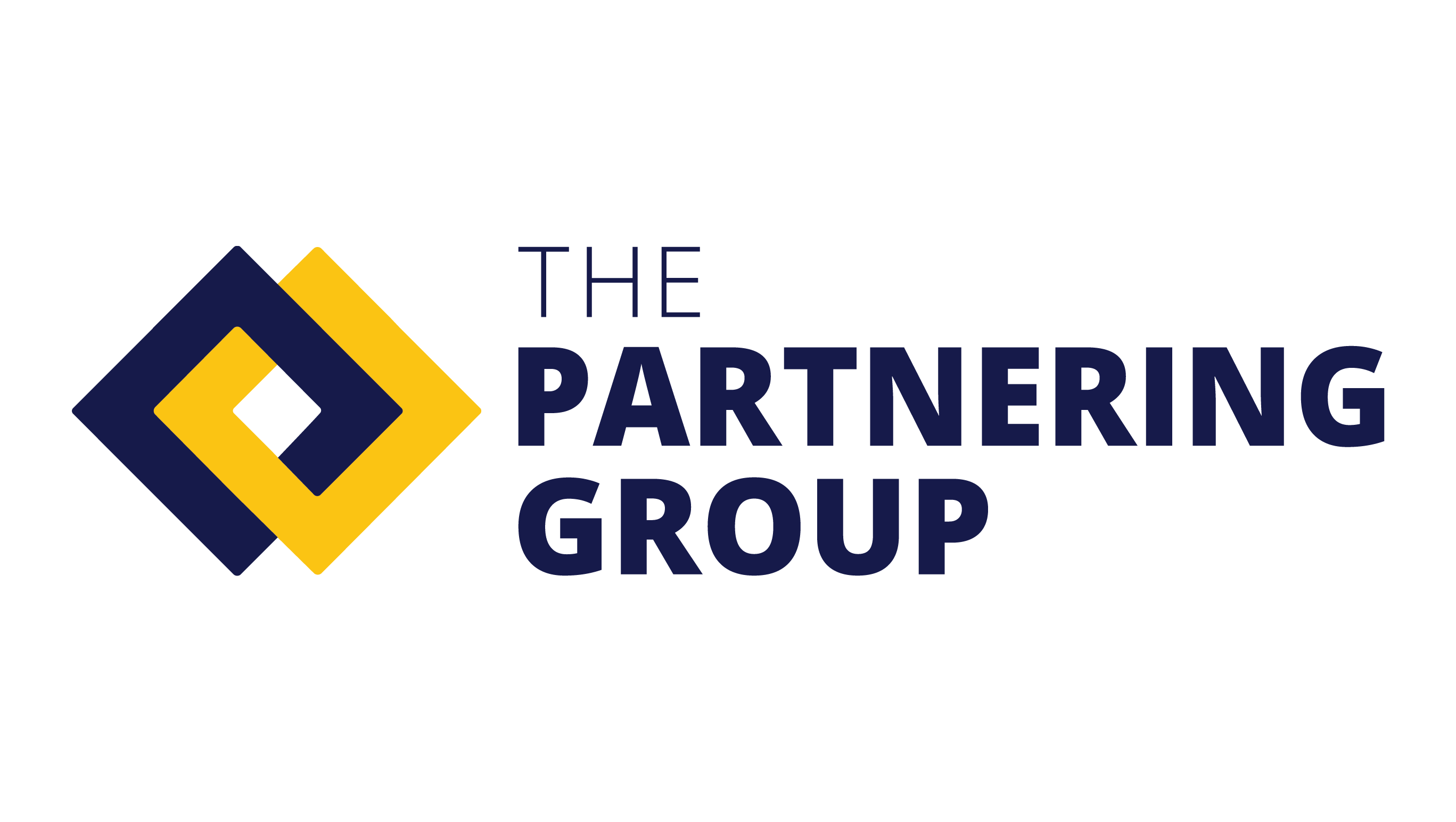Merchandising Execution
Merchandising Execution includes all the activities related to managing the last “three feet” of the buying/merchandising plan. Today, this in-store activity is managed by a myriad of organizations, some internal and some outsourced. The opportunity to enhance the customer experience through better in-stock conditions, signage, and event execution has never been greater. Additionally, speed and efficiency are becoming increasingly important.
There is a growing need to review merchandising execution holistically. What are all of the continuity and seasonal activities? Is the current organization designed for speed and efficiency? What work should be insourced and outsourced? How do I achieve and measure the value of merchandising excellence?
What We Do
TPG provides a team of experts that assist retail clients in Merchandising Execution. Our engagement includes:
- Discovery: A review of the current state of Merchandising Execution. An identification of strengths, weaknesses and opportunities.
- Best Practices: An industry review of Merchandising Execution Best Practices. This review will provide a description of the value–added activities of merchandising execution organizations within leading retailers.
- Role & Vision: An aligned role and vision for Merchandising Execution. The vision articulates the inspirational purpose of Merchandising Execution as a part of Merchandising Services and the enterprise. The role articulates the work, the boundaries and outputs of Merchandising Execution.
- Activity Center & Structure: The “location” of the core work and structure. What goes where, what belongs together, what organizations are eliminated, absorbed and/or what new organizations are needed. This work optimizes how Merchandising Execution is organized. How it interacts internally and with other organizations.
- Strategic Plan: A 3-5 year plan that includes an objective, set of goals, series of integrative strategies and initiatives. Each initiative has owners, timing and definition of success.
- Capability Requirements: The identification of the technical competencies necessary to deliver strategic plan and the desired work/services.
- Implementation: Identification of organizational requirements including capital, technology and capabilities. Stakeholder, communication and deployment plans that include milestones and routine updates.

